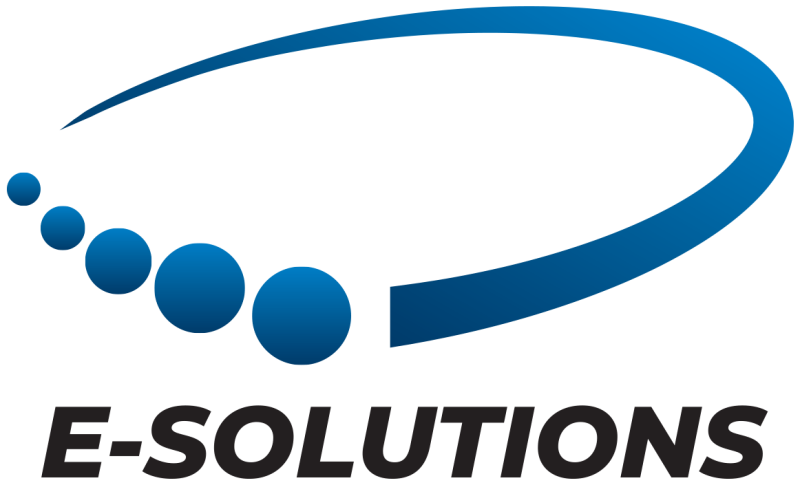In an increasingly dynamic business landscape, organizations need the flexibility to scale their teams quickly and effectively to meet evolving demands. Staff augmentation has emerged as a strategic solution, allowing companies to bridge skill gaps, enhance productivity, and tackle projects with specialized expertise. By leveraging data-driven insights and analytics, staff augmentation empowers businesses to find the right talent, streamline workflows, and drive results.
Staff augmentation services are powered by sophisticated analytics tools that match organizations with professionals based on skill sets, project requirements, and cultural alignment. This approach ensures that businesses can quickly adapt to changes without the long-term commitment of traditional hiring processes.
One of the most impactful applications of staff augmentation is in technology-driven industries. Businesses often face critical gaps in areas like software development, data analysis, or cybersecurity. By utilizing analytics platforms, staff augmentation providers can identify highly skilled professionals whose expertise aligns with the specific needs of a project. For example, an AI-driven system might analyse a company’s tech stack and recommend developers experienced in the required programming languages or frameworks.
Flexibility is a hallmark of staff augmentation. Organizations can scale their teams up or down based on project demands. For instance, a company developing a new app may need a larger team of developers during the build phase but can transition to a smaller maintenance team after launch. This agility is enabled by data-driven insights that help predict workload fluctuations and recommend optimal staffing levels.
Staff augmentation is not limited to technology sectors. It is equally transformative in industries like healthcare, finance, and retail, where seasonal demands and market fluctuations require rapid access to skilled talent. Analytics tools assess trends, such as peak shopping seasons or regulatory changes, to anticipate staffing needs and deploy professionals accordingly.
Onboarding and integration are key aspects of successful staff augmentation, and analytics play a vital role here as well. AI-driven tools streamline the onboarding process by identifying knowledge gaps, recommending training modules, and facilitating seamless collaboration between augmented staff and in-house teams. This ensures that new team members can contribute effectively from day one.
Cost optimization is another significant benefit of staff augmentation. By examining workforce data and project budgets, businesses can allocate resources more efficiently, avoiding overstaffing or underutilization. These insights help organizations maximize ROI while maintaining high-quality deliverables.
Despite its advantages, staff augmentation comes with challenges. Managing a blended workforce, ensuring data security when outsourcing, and maintaining consistent communication between in-house and augmented teams require careful planning. However, with analytics-driven tools and strategies, these hurdles can be effectively mitigated.
Staff augmentation is a game-changer for businesses aiming to stay competitive in fast-paced markets. By providing access to specialized talent, offering flexibility, and leveraging data-driven insights, it enables organizations to meet project goals and adapt to changing needs with ease. As industries continue to evolve, staff augmentation will remain a vital strategy for driving innovation, optimizing resources, and achieving sustained success.





